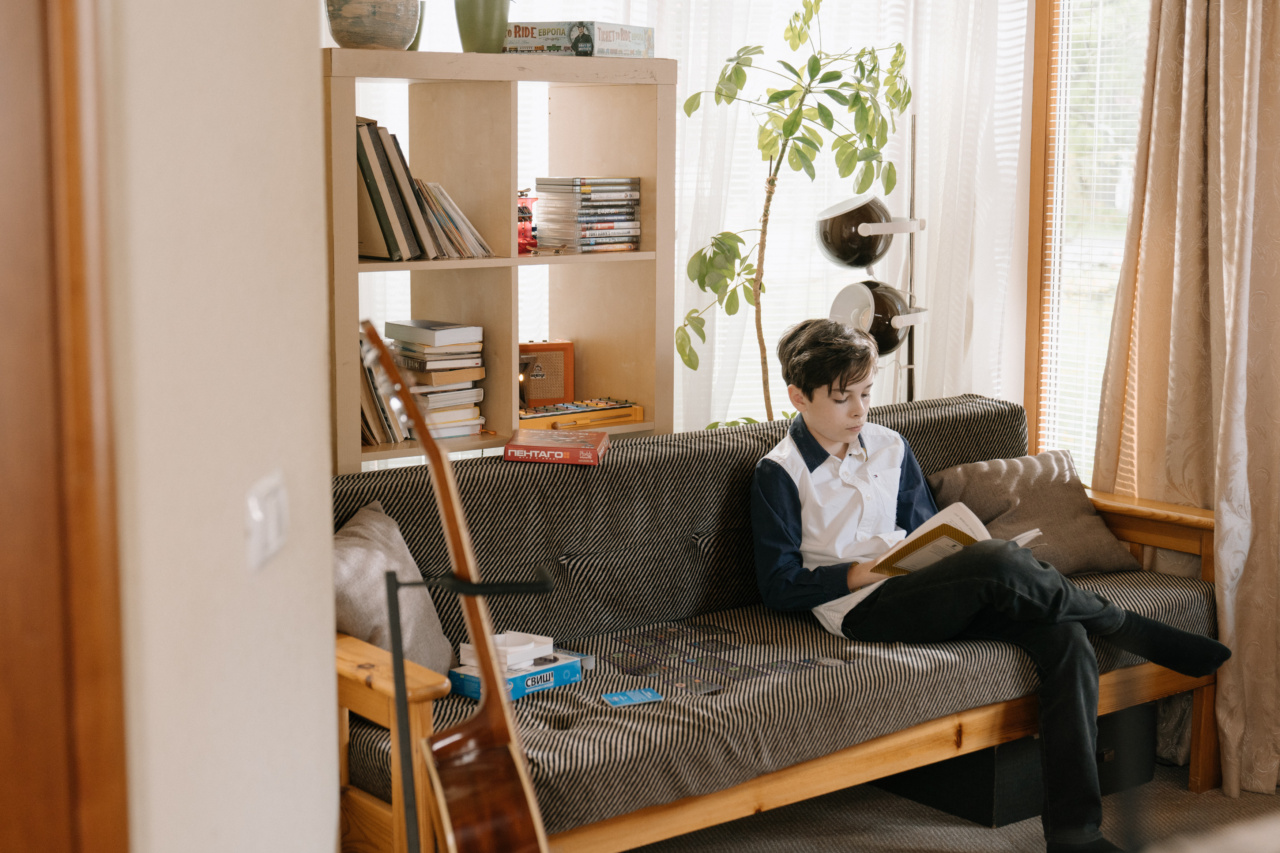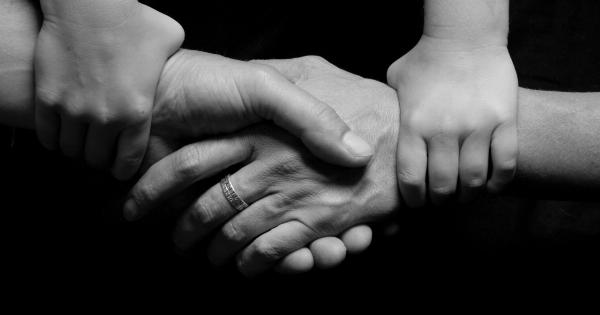As children grow and navigate the world around them, it is crucial to equip them with the knowledge and skills to establish boundaries in their relationships.
One important aspect of setting boundaries is recognizing when someone crosses the line, particularly in situations involving sexual harassment. In this article, we will explore a story that highlights the significance of boundaries and delves into the topic of sexual harassment to help children understand what is acceptable and what is not.
Chapter 1: Meet Amy, a Bright and Energetic Girl
Amy was an intelligent and lively nine-year-old girl who loved to explore new things and make friends. She had a contagious smile and a bubbly personality that drew others towards her.
Chapter 2: Amy’s Encounter with Mark
One sunny afternoon, Amy met Mark at the playground. Mark was a few years older than her and seemed friendly at first. They played together on the swings and shared laughter while climbing the jungle gym.
However, Amy soon started noticing some changes in Mark’s behavior that made her uncomfortable.
Chapter 3: Recognizing the Signs of Crossing the Line
Amy noticed that Mark would often invade her personal space, standing too close or touching her without permission. He would make inappropriate comments about her appearance and try to hug her tightly even when she expressed her discomfort.
These actions crossed the line of what Amy considered acceptable behavior from a friend.
Chapter 4: Talking to Trusted Adults
Confused and worried, Amy decided to share her concerns with her parents. They listened attentively and reassured her that she had done the right thing by speaking up.
Amy’s parents explained that boundaries are crucial in any relationship and that no one should make her feel uncomfortable or unsafe.
Chapter 5: Understanding Boundaries and Consent
Amy’s parents took the opportunity to educate her about boundaries and consent. They explained that boundaries are invisible lines that people set for themselves in their relationships with others.
Consent, on the other hand, means getting permission or agreement before engaging in any physical contact with another person.
Chapter 6: Empowering Amy with Assertiveness
Amy learned that it was essential to be assertive and communicate her boundaries clearly. She practiced saying phrases like “Please respect my personal space” and “I’m not comfortable with that” to Mark.
Her parents emphasized that she had the right to say no and that her feelings were valid.
Chapter 7: Amy Stands Up for Herself
Armed with newfound knowledge and confidence, Amy confronted Mark the next time he approached her inappropriately.
She firmly told him that his behavior was not acceptable and that she did not want to be friends with someone who did not respect her boundaries.
Chapter 8: Seeking Support from Trusted Adults
Even though Amy handled the situation bravely, she continued to feel upset. She decided to speak with her teacher, who was a trusted adult and someone she felt comfortable confiding in.
The teacher listened attentively, praised Amy for her courage, and assured her that she would take appropriate action to ensure her safety.
Chapter 9: Learning from Amy’s Story
Amy’s story teaches us several important lessons. First, it underscores the significance of recognizing when someone crosses the line.
It also emphasizes the importance of setting boundaries and understanding consent in all relationships, whether they are friendships or otherwise.
Chapter 10: Supporting Each Other
We must all work together to create a safe environment for children by educating them about boundaries and empowering them to speak up.
By guiding children through stories like Amy’s, we can equip them with the necessary tools to navigate relationships and foster a culture that respects everyone’s boundaries.





























